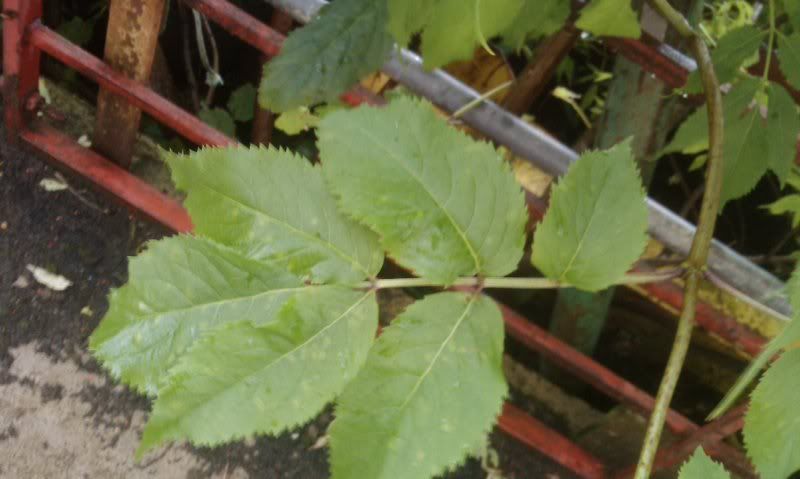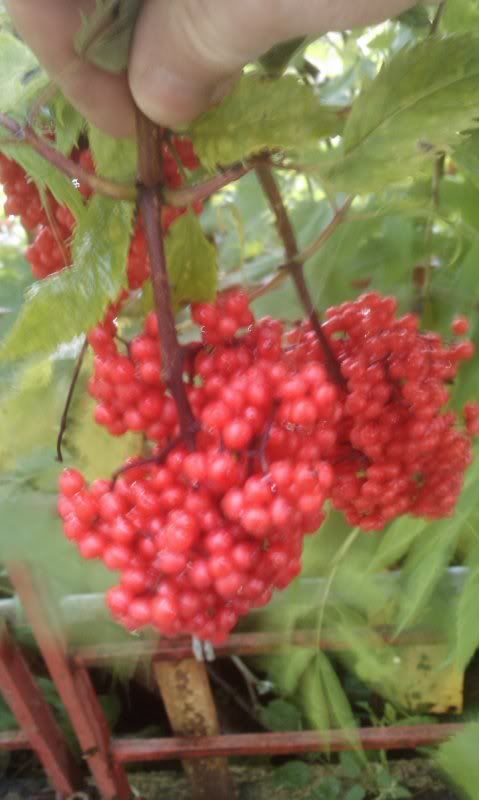Known Hazards
Although no specific mention has been seen for this species, the leaves and stems of some, if not all, members of this genus are poisonous. The fruit of this species has been known to cause stomach upsets to some people. Any toxin the fruit might contain is liable to be of very low toxicity and is destroyed when the fruit is cooked. The seed is said to be poisonous.
Edible Uses
Edible Parts: Flowers; Fruit.
Fruit - raw or cooked. This species is said to have the tastiest fruit in this genus, it is somewhat reminiscent of red currants though the fruit is considerably smaller and contains many seeds. Rich in vitamin C, the seed can be removed and the fruit used in jellies, preserves etc. The fruit is about 5mm in diameter and is borne in large clusters, making it easy to harvest. Some caution is advised with one report saying the seeds should be removed before the fruit is eaten. See also the notes above on toxicity.
Flowers - raw or cooked.
Medicinal Uses
Plants For A Future can not take any responsibility for any adverse effects from the use of plants. Always seek advice from a professional before using a plant medicinally.
Anodyne; Carminative; Depurative; Diaphoretic; Diuretic; Laxative; Purgative; Resolvent; Vulnerary.
Red elder was widely employed medicinally by various native North American Indian tribes, who used it to treat a range of complaints, but especially as an emetic and purgative to cleanse the system. It is little used in modern herbalism. The leaves, stems and the roots are anodyne, carminative and vulnerary. A decoction is used in the treatment traumatic injuries, fractures, rheumatoid arthralgia, gas pains, acute and chronic nephritis. The fruit is depurative and laxative. The leaves are diuretic, resolvent and sudorific. They are used externally to soothe abscesses and boils. The root, and the oil from the seed, are emetic and purgative. An infusion of the root is used to treat stomach pains. The roots can be rubbed on the skin to treat aching and tired muscles.
Other Uses
Repellent; Straw; Wood.
The leaves are used to repel insects. Wood - commonly used in the manufacture of various domestic items. It can also be hollowed out to make flutes, pipes, straws etc.


